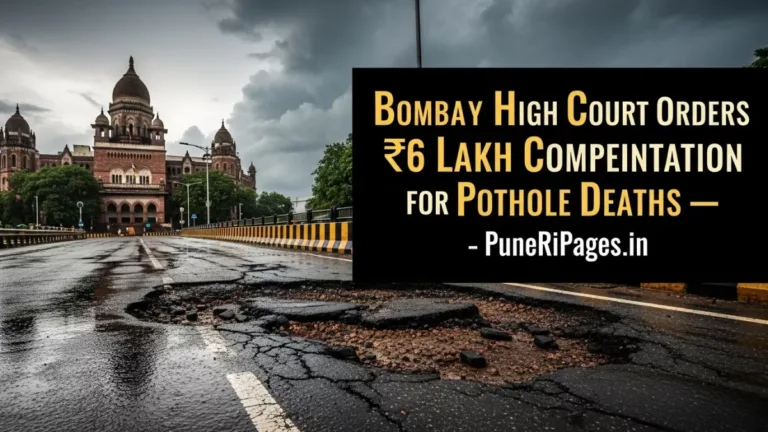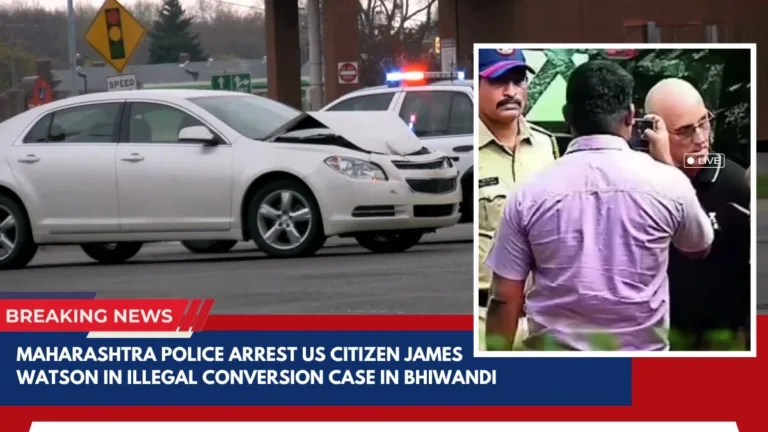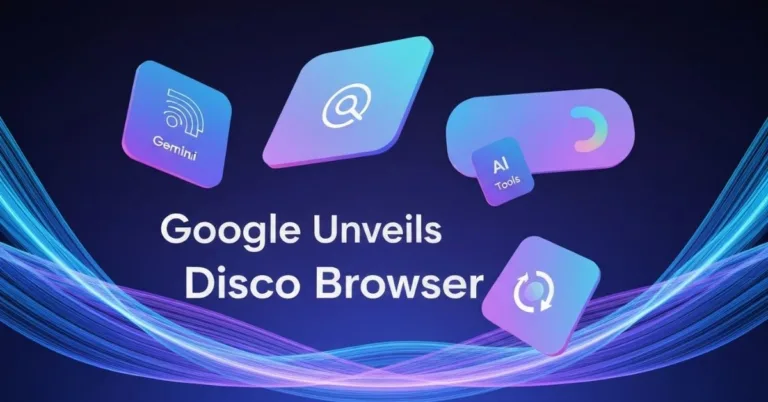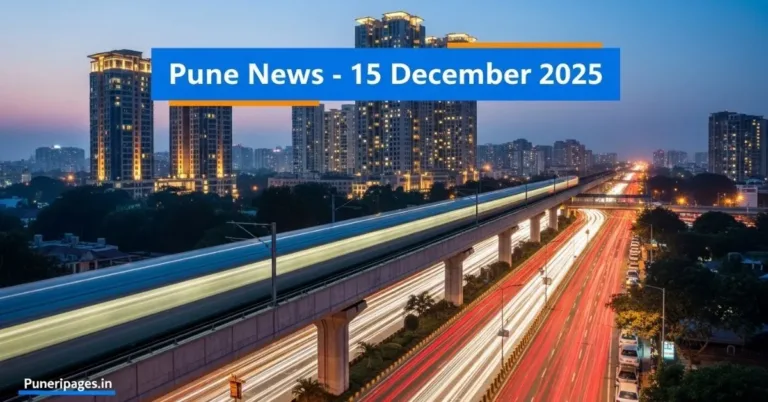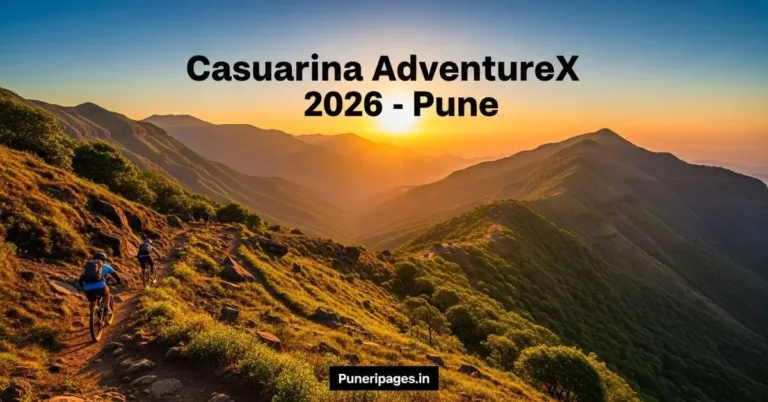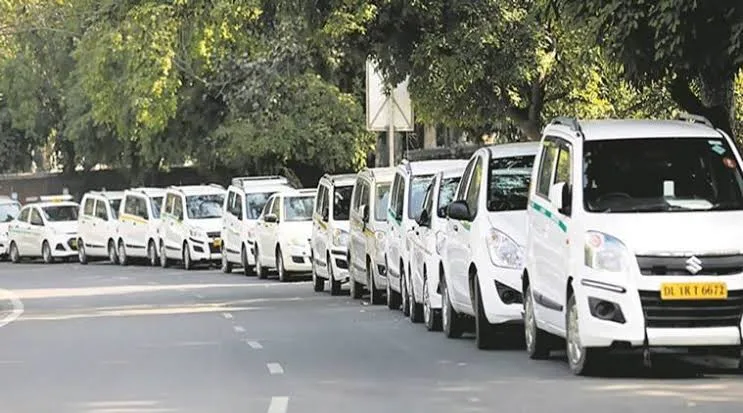
Why are your cab fares surging? A deeper look into Ola, Uber, and Rapido pricing and the Maharashtra government’s intervention
By Prashant for PuneriPages.in
It’s a scene we all know too well: You’re in a rush, it’s raining, and the 15-minute Ola or Uber ride that usually costs ₹150 is now showing up as ₹450. You wonder, “How can it jump so high in just a few hours?” You’re not alone. Across Pune and other parts of Maharashtra, cab users are fuming — and finally, the government is listening.
Let’s break down exactly what’s going on, why your fares feel unpredictable, and what this new government notice to Ola, Uber, and Rapido actually means for all of us.
Table of Contents
What Triggered the Government Action?
The Maharashtra State Transport Department has officially asked ride-hailing giants Ola, Uber, and Rapido to justify how they’re calculating fares. Why now? Because commuters are fed up. People have been complaining about unpredictable surge pricing, hidden charges, and sky-high cancellation fees that make even short rides feel like a financial trap.
Officials are now demanding transparency and accountability — questions we’ve all been asking silently from the back seat.
Let’s Decode Your Cab Fare: What Are You Actually Paying For?
Cab pricing can feel like a mystery box, but here’s a simplified breakdown:
- Base Fare: Just for booking the cab.
- Per Kilometer Charge: Distance-based fee.
- Per Minute Charge: Time spent in traffic.
- Surge Pricing (a.k.a. Surge Monster): This is the villain. Think of it like air tickets — prices spike during peak demand.
- Platform Fee + GST: Ola/Uber’s cut and government taxes.
So yes, while you’re cursing the ₹500 fare, keep in mind that only a part of that goes to the driver — and a lot disappears in commissions and algorithms.
The Driver’s Reality: Not All Fares Are Fair to Them Either
We spoke to some local drivers, and what they shared adds another layer to this messy fare soup:
“A customer pays ₹400, but after Ola’s commission, tax, and my fuel, I might get only ₹180-200. On some days, it’s just not worth it.”
Drivers feel stuck too — working longer hours for diminishing returns. Surge pricing doesn’t always benefit them. Sometimes, the app shows them long-distance rides without clarity on returns, or cancellations go unpaid.
The Government’s Big Questions (and Ours Too):
Here’s what the Maharashtra Transport Department wants answered — and frankly, what we’ve all wanted to know:
- What’s the actual formula behind surge pricing?
- Why are fares so different from what’s initially estimated?
- How is driver commission structured?
- Why do customers pay cancellation fees even when the driver is late or cancels?
Transparency is the demand — not just from the government but from every rider.
What Could Happen Next?
If things go well, we might see:
- Fare regulation or caps on surge pricing
- Clearer, upfront pricing breakdowns
- Uniform driver commission standards
- Fair cancellation policies that don’t punish users unfairly
But let’s be honest — this won’t be fixed overnight. The good news? Government intervention means our voices are being heard. And that’s a start.
Final Thoughts: It’s About Time
Cab apps were meant to be about convenience, not confusion and cost anxiety. This move by the Maharashtra government is hopefully the first step toward putting commuters first again.
If you’ve been frustrated by cab fares lately, know that you’re not crazy — the system really has been skewed. The least we can demand is clarity, fairness, and a ride experience that doesn’t feel like roulette.
Have a cab fare horror story or an insight to share? Let’s make this conversation louder. Email us at hello@puneripages.in or tag us on social @puneripages.

